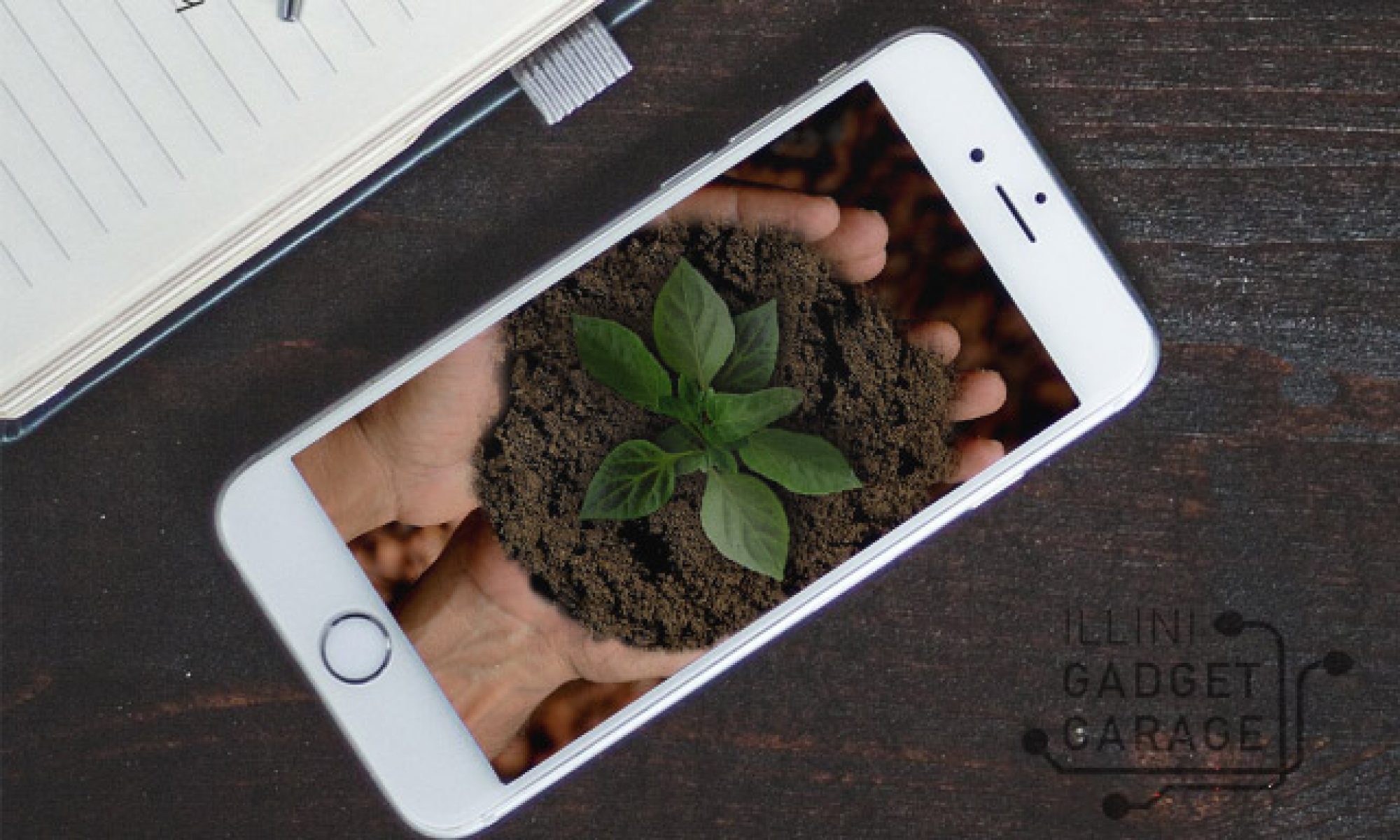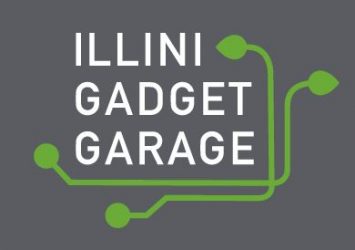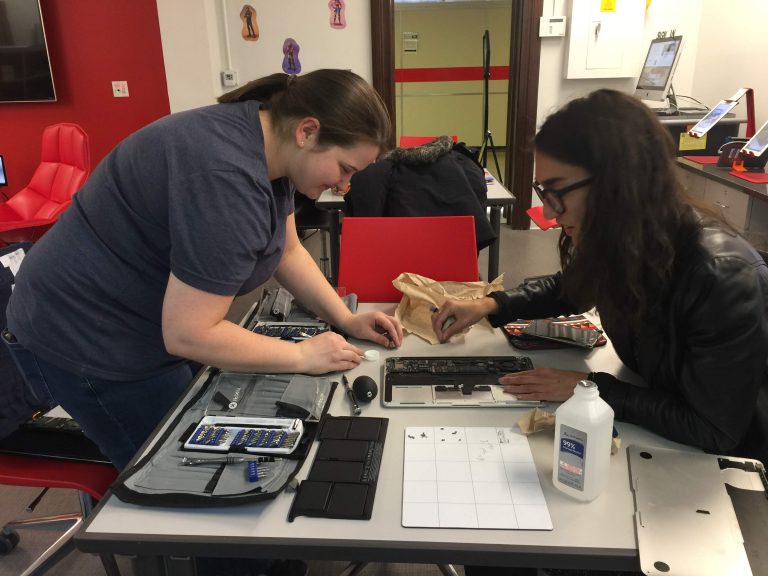Starting in January 2019, the Center for Innovation in Teaching and Learning (CITL) began coordination of the Illini Gadget Garage (IGG) project). CITL is a hub of innovation and hands-on support for those who want to discuss and work with higher education trends, models, projects, and resources. They hope to incorporate the IGG into their efforts to collaborate with campus units and other thought leaders to spark new ideas, strategies, and knowledge to shape 21st century teaching and learning. In Spring 2019, our workshop manager, Amanda Elzbieciak will continue to work with CITL to engage UI students in volunteering, coordinate workshops to learn skills relevant to device repair and maintenance, and explore new opportunities to incorporate the collaborative repair at the heart of the IGG project into unique experiential learning activities on campus.
The IGG was launched with funding from the UI Student Sustainability Committee (SSC) by the Illinois Sustainable Technology Center (ISTC) in collaboration with the School of Art + Design and the iSchool. We’re grateful to ISTC’s Sustainability Specialist Joy Scrogum, Professor William Bullock of Art + Design and Professor Martin Wolske of the iSchool for their efforts to establish the IGG project, as well as to the SSC and other corporate and individual sponsors for their support.
But most of all, we’re grateful to all the individuals who have worked with our staff and volunteers to troubleshoot and repair their devices, keeping them in working order and out of the waste stream! We’re looking forward to continuing to save resources through collaborative repair, fighting waste one device at a time! According to our records, as of December 2018, we’ve diverted an all-time total of 905.2 lbs. of materials from the waste stream through repair and recycling! Together we’ll make that statistic grow even more this year.
Check this web site site and our social media accounts for more information on upcoming events; the first pop-up of the semester is Tuesday, Feb. 5th!
If you have questions about your devices, stop by one of our upcoming pop-ups at CITL’s Innovation Studio (172 Armory Building, 505 East Armory Avenue, in Champaign), or send us an email at illinigadgetgarage@gmail.com.



